Factors Affecting the Thermal Stability of Barium Tungsten Electrodes
- Details
- Category: Tungsten Information
- Published on Monday, 26 May 2025 17:25
- Hits: 50

The thermal stability of barium tungsten electrodes, that is, their ability to maintain physical and chemical properties at high temperatures, is crucial to their performance and service life. The following are the main factors affecting the thermal stability of barium tungsten electrodes:
Factors Affecting the Electron Emission Performance of Barium Tungsten Electrodes
- Details
- Category: Tungsten Information
- Published on Monday, 26 May 2025 17:23
- Hits: 56
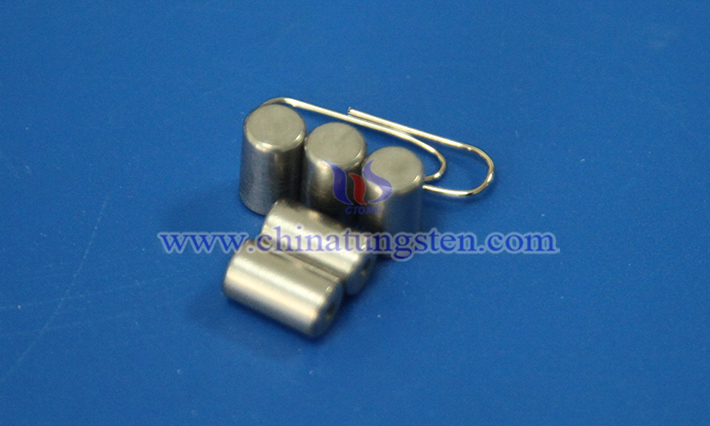
The electron emission performance of barium tungsten electrodes is affected by a combination of factors, including temperature, surface state, composition, electric field, aging and use. These influencing factors interact with each other and jointly determine the emission efficiency and service life of the electrode.
Unlocking the Crystal Structure of Ammonium Metatungstate: Detection Methods Revealed
- Details
- Category: Tungsten Information
- Published on Monday, 26 May 2025 16:09
- Hits: 74

Ammonium metatungstate (AMT), an important inorganic compound, holds a pivotal position in modern industry due to its unique physicochemical properties. In material preparation, AMT serves as a critical raw material for producing high-performance tungsten-based materials. Through processes like thermal decomposition, AMT can yield uniform, high-purity tungsten powder, which is essential for manufacturing tungsten-based alloys and tungsten carbide powder.
What Is the Catalytic Performance of Ammonium Metatungstate?
- Details
- Category: Tungsten Information
- Published on Tuesday, 20 May 2025 18:56
- Hits: 84

Ammonium metatungstate (AMT) is a significant tungsten compound, highly valued for its catalytic properties in industrial applications. For instance, in the production of denitration catalysts, AMT-based catalysts typically use titanium dioxide as a carrier. Through specialized preparation processes, AMT is loaded onto the carrier, forming a catalyst with high activity and stability, used to adsorb pollutants like sulfur and nitrogen oxides emitted from coal-fired power plants. In petroleum refining, AMT serves as a catalyst to promote cracking reactions, hydrodesulfurization, and hydrodenitrogenation reactions.
What Is the Solubility of Ammonium Metatungstate?
- Details
- Category: Tungsten Information
- Published on Tuesday, 20 May 2025 18:54
- Hits: 87
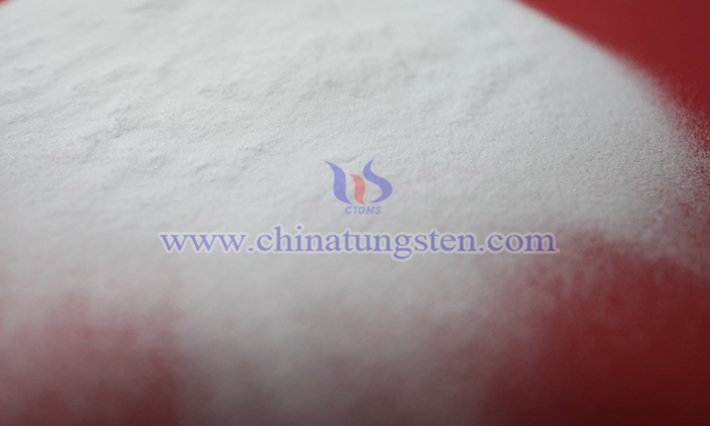
Ammonium metatungstate (AMT), with the molecular formula H₂₈N₆O₄₁W₁₂, is a significant tungstate compound. Structurally, AMT consists of ammonium cations and metatungstate anions, with its unique Keggin-type polyoxoanion structure contributing to its excellent solubility—a key distinction from ammonium paratungstate.
What is Silver Tungsten Carbide?
- Details
- Category: Tungsten Information
- Published on Monday, 19 May 2025 17:26
- Hits: 87
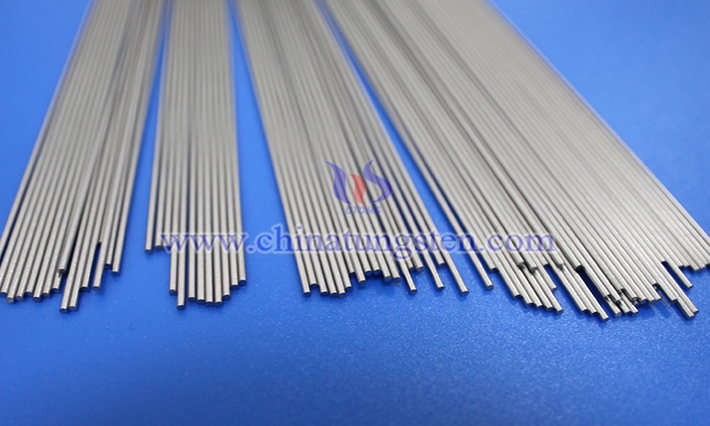
Silver tungsten carbide (AgWC) is a high-performance composite material composed of silver (Ag) and tungsten carbide (WC), usually prepared by powder metallurgy technology. This material combines the electrical advantages of silver and the mechanical strength of tungsten carbide, and has both conductive and wear-resistant properties. It plays an indispensable role in electrical engineering and is often used to manufacture electrical contacts with excellent stability and durability.
Unlocking the Production Secrets of Ammonium Metatungstate: A Deep Dive into Multiple Processes
- Details
- Category: Tungsten Information
- Published on Monday, 19 May 2025 15:48
- Hits: 89

Ammonium metatungstate (AMT) is a compound formed by the combination of ammonium cations and metatungstate anions, typically appearing as a white crystalline powder with good water solubility and chemical stability. These properties lay a solid foundation for its applications in catalysts, electronics, ceramics, and other fields. Given its wide-ranging uses, research into AMT production methods is of great importance, as it directly impacts product quality, performance, production costs, and efficiency.
Ammonium Metatungstate: An Orderly Miracle of the Microscopic World
- Details
- Category: Tungsten Information
- Published on Monday, 19 May 2025 15:44
- Hits: 89

In the vast universe of materials science, ammonium metatungstate (AMT) shines like a unique and dazzling star, exuding captivating charm. This inorganic compound, with its excellent physicochemical properties, holds a pivotal position in modern industry and cutting-edge scientific research.
Why Is Molybdenum Sheet Chosen as Connectors in Vacuum Furnaces?
- Details
- Category: Tungsten Information
- Published on Monday, 19 May 2025 15:41
- Hits: 81

A vacuum furnace, as a core device for high-temperature heat treatment and material processing in high-vacuum or inert gas environments, relies on the efficient collaboration of its components for stable operation, with connectors serving as an indispensable "link." Connectors are components that join critical parts within the vacuum furnace, such as heating elements to electrodes and heating elements to the furnace structure. They not only facilitate current transmission and heat conduction but also provide structural fixation and stress buffering. Among various materials, molybdenum sheet stands out due to its multiple advantages, making it the ideal choice for vacuum furnace connectors.
Why Is Molybdenum Sheet Chosen as Heating Elements in Vacuum Furnaces?
- Details
- Category: Tungsten Information
- Published on Monday, 19 May 2025 15:37
- Hits: 85

As a typical product of the transition metal molybdenum, molybdenum sheet is a sheet-like material processed from molybdenum metal through rolling, cutting, and other techniques. Beyond its use in electronics and aerospace for manufacturing high-temperature electronic components and sputtering targets, it is also employed to create heating elements in vacuum furnaces.



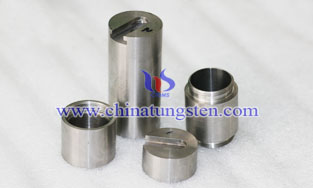


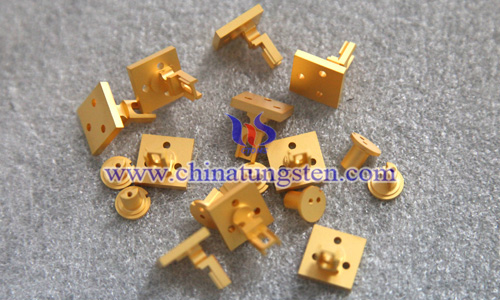
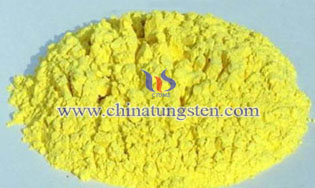
 sales@chinatungsten.com
sales@chinatungsten.com